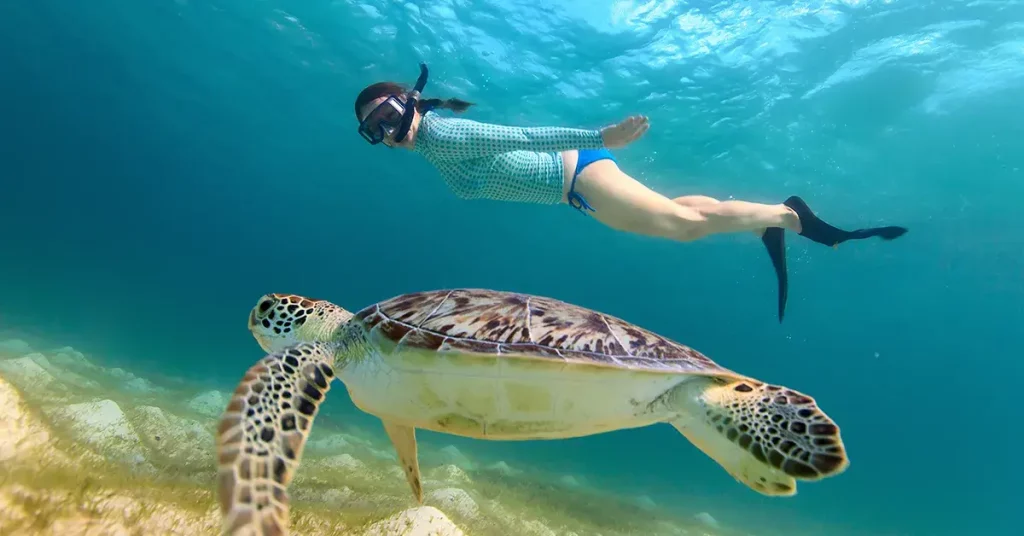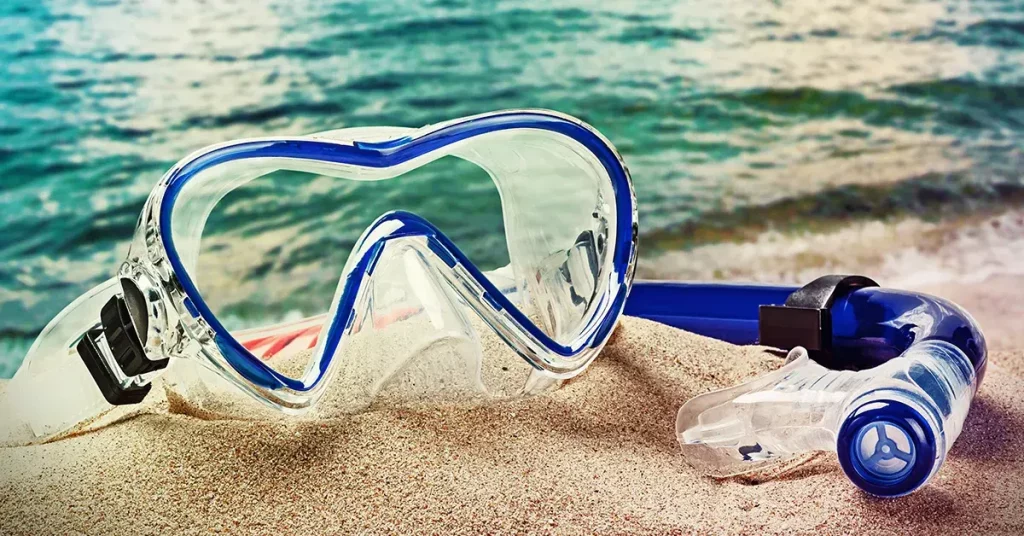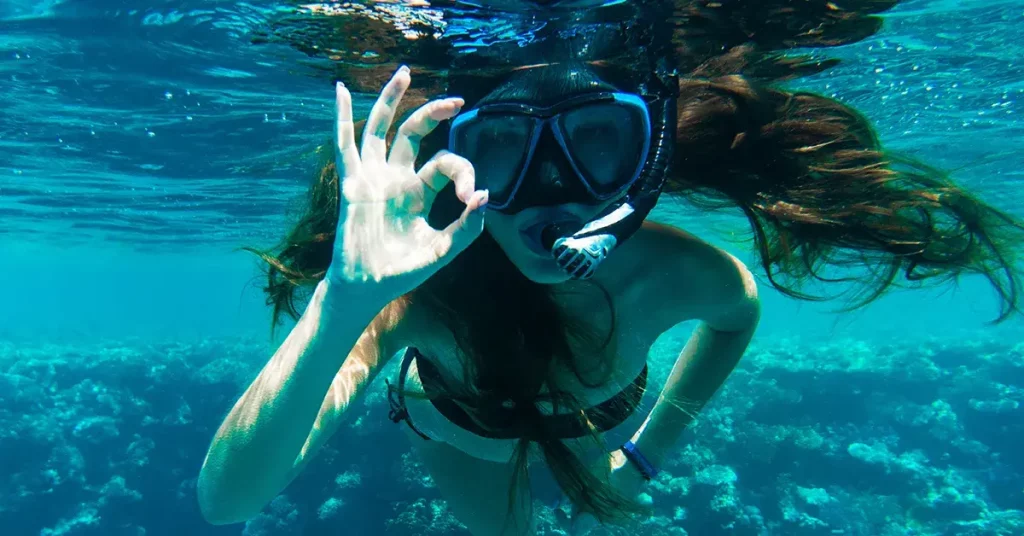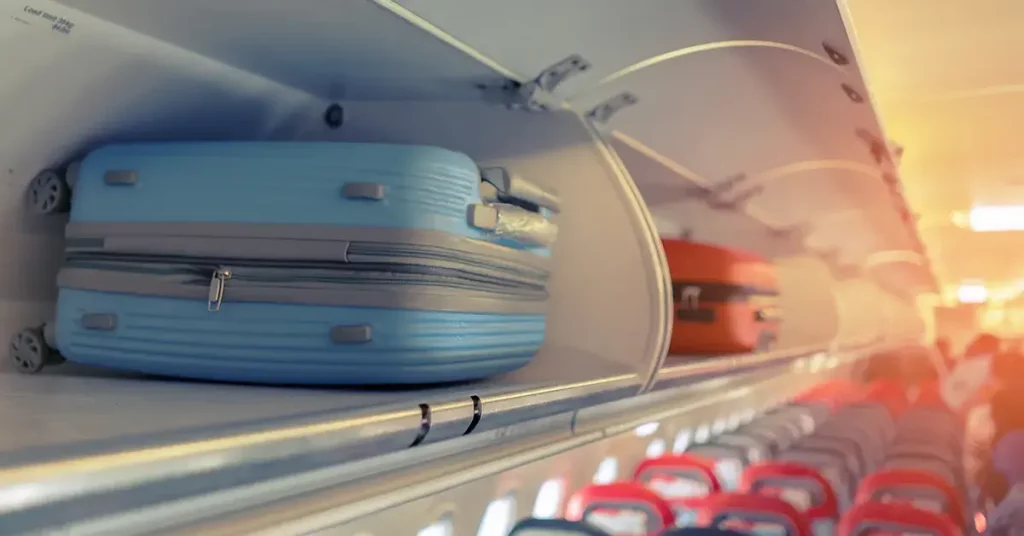Snorkeling is one of the most enriching and awe-inspiring hobbies in the ocean. It allows you to get up close with aquatic life and feel at one with the sea.
However, certain times are better for snorkeling than others to get the best sites and full snorkeling experience. Learn the best tide for snorkeling and other factors to check for on your next snorkeling adventure.
Low and High Tides Explained For Snorkelers
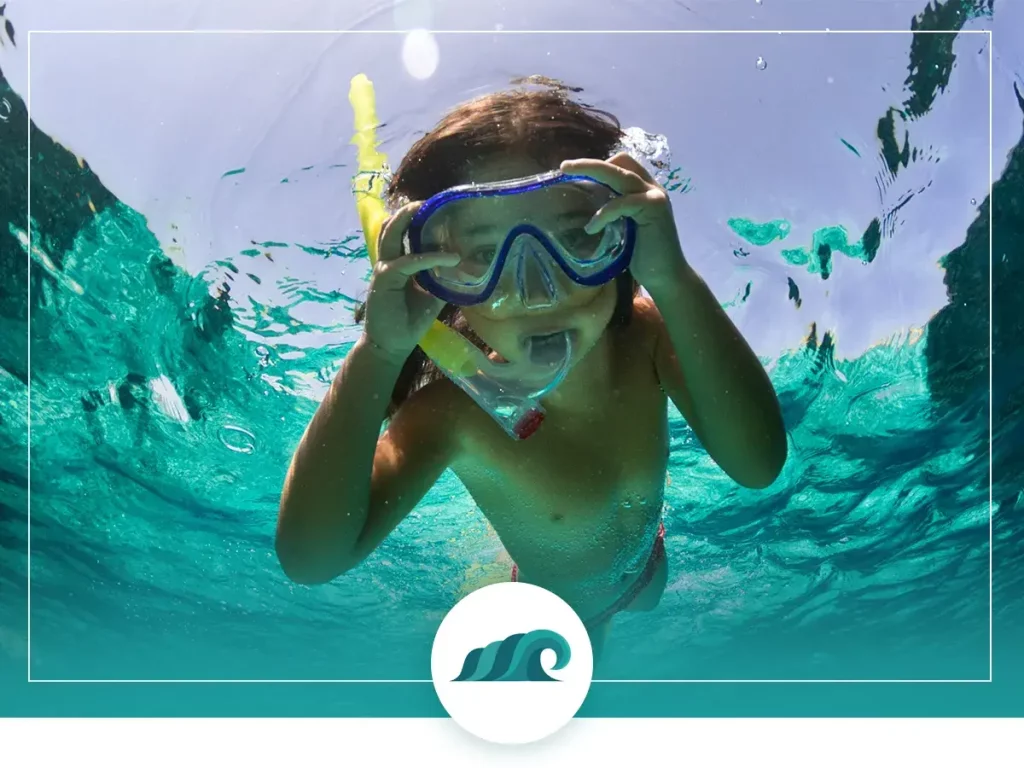
The time of day and type of tide is one of the most critical factors that affect snorkeling. Water comes in twice daily, known as “high tide,” and when the water recedes (which also occurs two times each day), this is called “low tide.” The moon’s position will influence when high tide and low tide appear.
High and low tides affect snorkeling in different ways and help to determine the best tide for snorkeling. When snorkeling at high tide, you can enjoy better water visibility, allowing you to see different fish and underwater features. This is due to having less sand and sea bed churning up when you swim by.
When snorkeling at low tide, you can get closer to the ocean floor where coral reefs and most sea life will be. However, because you’ll swim closer to the ocean floor, you may get a somewhat cloudy view.
Spring Tide vs Neap Tide
There are spring tides right after full and new moons. During this time the sun, moon, and earth are in line with one another. The solar and lunar tides line up and reinforce one another, creating a larger tide.
When the moon is in the first or third quarter, you get neap tides. During this time, the sun, earth, and moon create a right angle. A spring tide or neap tide can affect the incoming or outgoing tides.
What Tide is Best For Snorkeling for Both Beginners and Pros?
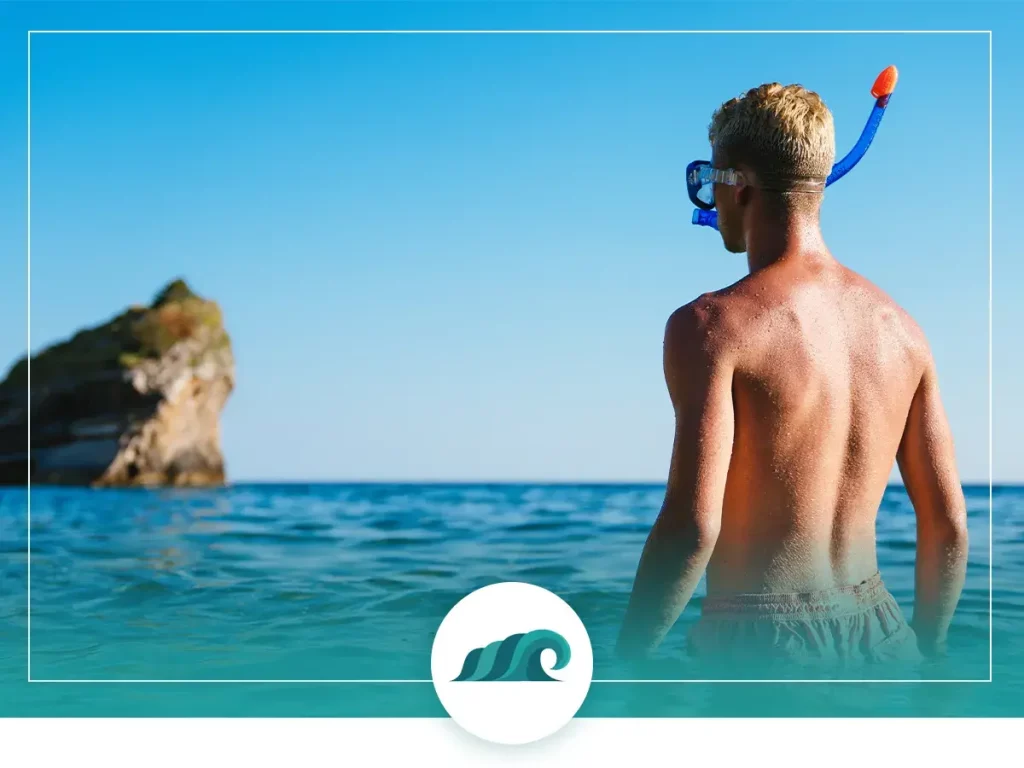
The best tide for snorkeling is a hotly debated topic. There are pros and cons to snorkeling in each situation. You get to see different sea creatures and have varying views of the sea bed with each tidal state.
If you’re a beginner, start by exploring the ocean during low tide and get used to snorkeling. Then, once you feel comfortable in the water, test out snorkeling during high tide. You can then choose which tide is preferable to you.
You’ll also need to consider the tidal range in your snorkeling location. Some areas don’t have a significant height difference between high and low tides, while others can be significant.
Although the type of tide is essential, a few factors like wind, rain, and currents also play a role in the snorkeling experience.
For snorkeling pros, the best tide for snorkeling could be either low or high tide. At high tide, you’ll find that the water is clearer but you may notice that the water is considerably deeper. As a pro-level snorkeler, you have choices when it comes to deciding the best tide for snorkeling.
What to Check Before You Go Snorkeling
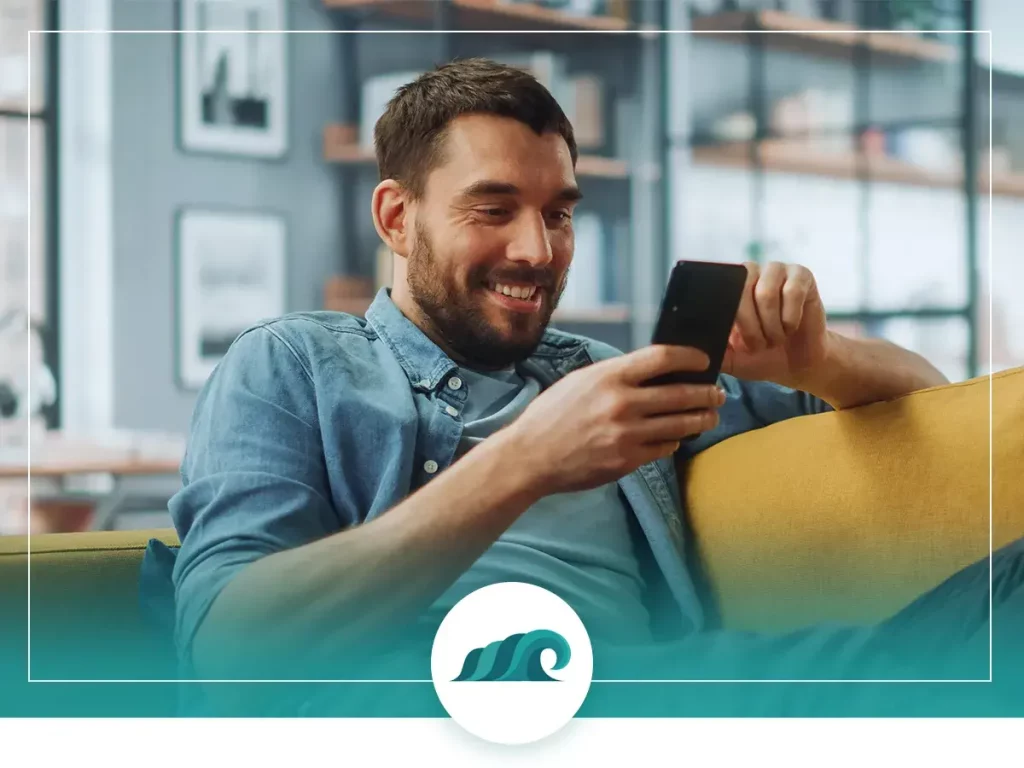
Before you go snorkeling, you’ll want to ensure suitable conditions. You’ll want to check some factors before grabbing your snorkeling gear.
Tide Forecasts
Before snorkeling, look at the Tide Predictions to see if it’s high or low tide. Forecasters use special gauges, radar, and GPS to monitor the tides. So, you can use this information to predict the best time to go.
Best Time to Go Snorkeling
Timing is everything, especially when it comes to exploring ocean waters. Snorkeling in the morning is ideal for most because the water is calm, and the winds are lighter than in other parts of the day.
In an ideal world, you’d have light winds, warm water, and a low tide if you want to snorkel close to the ocean floor. Unfortunately, this isn’t going to happen every day. So, plan accordingly, and you’ll know the best tide for snorkeling conditions before you get there.
Safe Conditions
Even seemingly perfect conditions may have many factors to consider. When snorkeling -or any ocean activity- safety is vital. Beginners should start with quiet, shallow pools within close walking distance. Professional snorkelers can get away with most tide conditions as far as safety is concerned. However, everyone should look at the weather forecasts.
The last thing you’d want is to be mid-snorkel only to have a potentially dangerous storm roll in.
The Wind
Windy and rainy days typically produce the worst conditions to snorkel in. Wind affects currents which affect the movement of fish and other marine animals. Most fish prefer calm waters, so they’ll hide and be challenging to find.
Some locations, like Hawaii or Florida, will have windier periods during the day. So, you’ll want to consider this before grabbing your snorkeling gear.
Rain
Rainy days come with clouds, making it more challenging to get a good look through the water. Even if the fish aren’t hiding, they will still be challenging to see due to the lack of sunlight.
Although you can snorkel during rainfall, it won’t be the most exciting snorkeling adventure. Additionally, if there is a storm, you run the risk of lightning, which can be fatal in the water.
Remember, It’s Not an Exact Science
Although there are multiple tools forecasters use to predict the weather and the tides, determining the best tide for snorkeling is not an exact science. You may set out to snorkel, thinking it’s going to be the perfect day, and an unpredictable factor occurs.
While tide predictions are typically reasonably accurate, you’ll want to prepare for other scenarios and keep an eye on any prediction changes.
Frequently Asked Questions
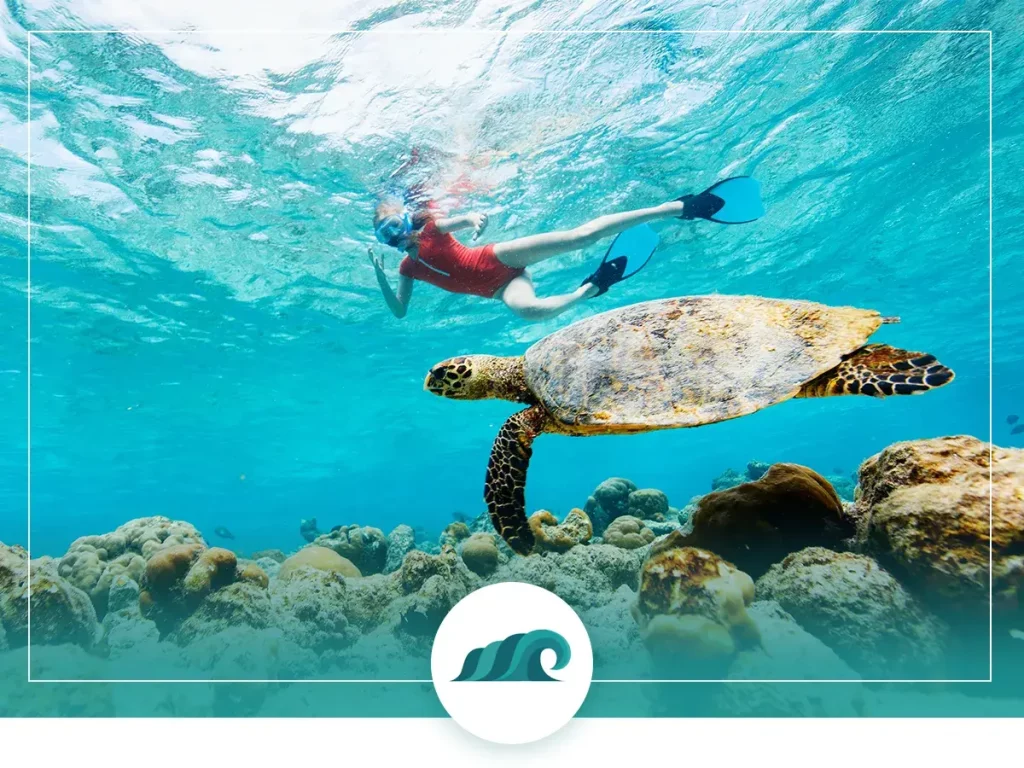
Here are the most frequently asked questions regarding the best tide for snorkeling.
What is the best time of day to go snorkeling?
The best time of day to go snorkeling depends on the location you’ll be swimming in. For example, when snorkeling Blue Heron Bridge, the best time is half an hour before high tide to get the best visibility. In most cases, late morning or early afternoon is an ideal time to snorkel. This is because there is typically less wind and calmer waters.
Is marine life out during low tides or high tides?
One of the main advantages of snorkeling at low tide is seeing coral reefs and aquatic creatures more closely. However, you’ll need to consider the wind and rain to ensure maximum visibility.
What are the best conditions for snorkeling?
Generally speaking, optimal conditions for snorkeling are calm, smooth seas. This means you’ll have sunny weather conditions, no rain, and light winds. Remember that weather forecasts may change throughout the day, so check the forecast period to stay current.
Final Thoughts
Snorkeling is one of the most rewarding sea ventures for marine life enthusiasts. In the right conditions, you’ll see coral reefs, aquatic animals, and a stunning view of the ocean floor.
When it comes to choosing which is the best tide for snorkeling, high tides may offer better visibility than shallow water during high tides. However, the peak period for viewing underwater life up close is during low tide.
For a pro, it’s best to snorkel during high tides. High tide allows you to see better as you swim, and is a great opportunity for more complex dives.
For beginners, low tide is the best time to go snorkeling. This will permit you some amazing wildlife views while providing a challenge in both swimming and navigating the water.
Keep an eye on the tide forecast and choose a time of day with the safest conditions. Opt for clear waters with a gentle westerly wind and no rain.

